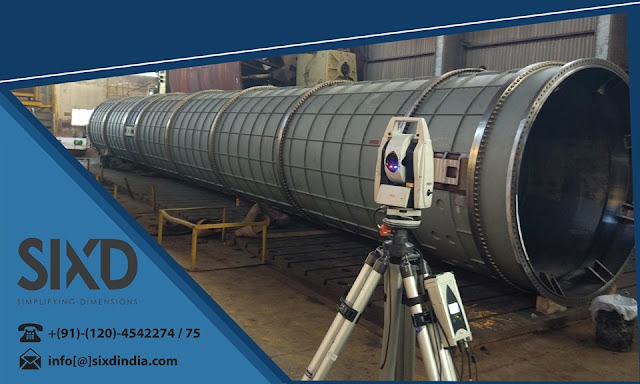Metrology: Science of Measurement
Basically, metrology is a science of measurement, which includes theoretical and experimental aspects. A metrology engineer should know about the various disciplines of engineering, such as design, production, quality control, manufacturing and testing. Dimensional metrology is a method for the measurement of dimensions of workpieces. This checks the diameter, spacing, position, shape and length of workpieces. There are many methods used for checking these dimensions, such as pneumatic, tactile and optical. You can choose one of these methods, depending on which measurement work is to be completed. The pneumatic method has a very high resolution, and it is robust and resistant to dirt. Therefore, it is used in tough manufacturing condition. The tactile method makes use of contact probes which records the measured values very quickly. These probes are used at the places where there is multipoint metrology. The optical method is used, where you want to have measurements without having direct contact. This method requires a short time period and it is flexible. There are companies, which can combine the advantages of all metrologies and design customized systems as per your need.
Reverse engineering is performed in various fields, it is the analysis of hardware, which may be done for commercial or military use. The process of reverse engineering is done to find out the design features from the product. This process is not performed to create a copy of the product. In some cases, this process is carried out for the redocumentation of legacy. If a product is made by a competitor, then reverse engineering is performed for analyzing the competitor. Software reverse engineering can be used to find source code for improvement and maintenance of the software, and it abstracts relevant information, which can be used for the development of software. Normally, when any software is developed, its design information gets lost over time, but this information can be recovered by use of reverse engineering. Malware developers also use reverse engineering techniques to find out the culpability in the operating system to assemble a virus.Other uses of reverse engineering are interfacing. Interfacing is
required to interface one system with another system. Reverse engineering is
also used for military or commercial spying. It may be helpful to find the latest
research of competitors, from their product and developing a product to
countermeasure against it. Reverse engineering is used in the cases of
obsolescence of integrated circuits. These circuits are designed for a
particular system but they may become obsolete in few years, and cannot be
maintained, reverse engineering is the only way to check their functionality
and redesign the chip. Reverse engineering is also used for competitive
technical intelligence, design and repurposing. It can be said that reverse
engineering is useful in industries as well as in our daily life.





Comments
Post a Comment